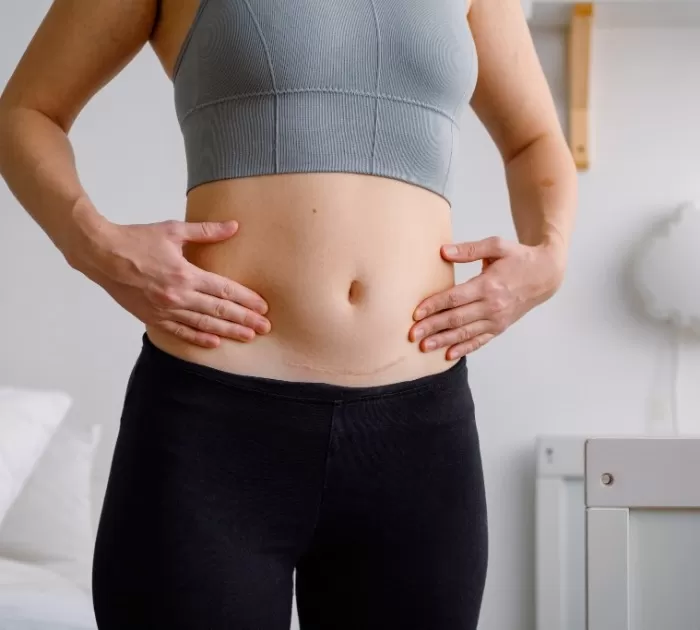Introduction
A painful episiotomy scar during menopause is often due to hormonal changes, specifically the decline in oestrogen levels. Oestrogen helps maintain the elasticity, thickness, and moisture of vaginal and perineal tissues. As oestrogen levels drop, these tissues can become thinner, drier, and less flexible, which can exacerbate scar sensitivity and pain. Additionally, age-related loss of collagen and reduced blood flow to the area can contribute to scar tissue discomfort.
Other factors, such as pelvic floor weakness, vaginal atrophy, or irritation from sexual activity or exercise, can also make an old episiotomy scar more painful during menopause.


